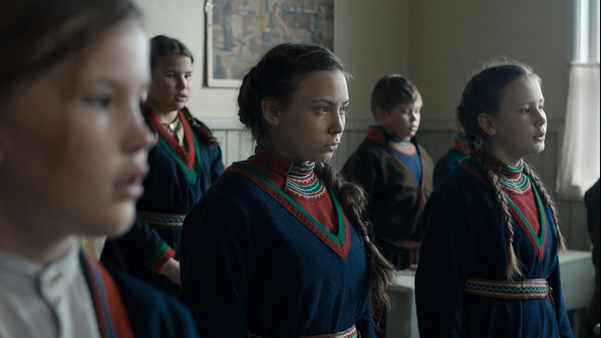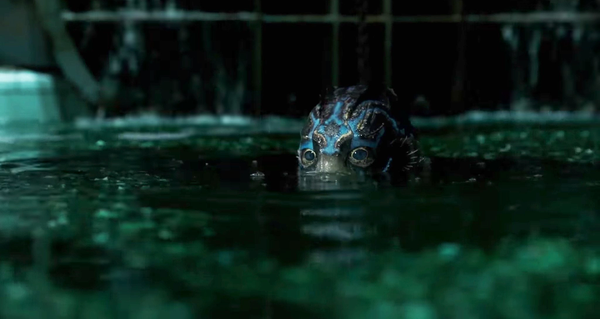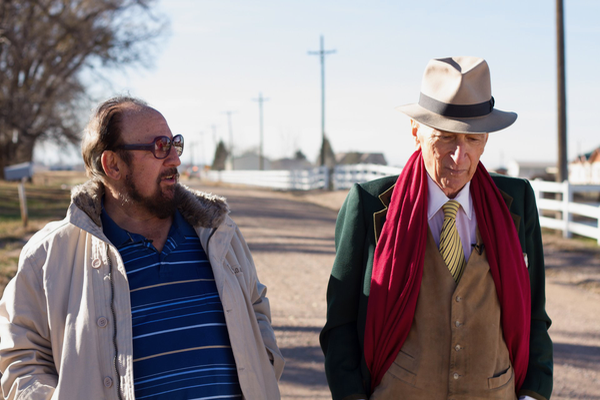Reflection by Greg Carlson
The death of David Knudtson on March 11, 2018 breaks another of the few remaining links in the chain connecting our community to the legacies of great movie protectors and appreciators like Ted M. Larson, Rusty Casselton, and Hildegarde Usselman Kraus. Unfailingly modest about the instrumental role he played in motion picture exhibition in and around Fargo, Dave never received the amount of credit he deserved for his part in the establishment of the Red River Chapter of the American Theatre Organ Society, the preservation of the Fargo Theatre, and the behind-the-scenes visual documentation of special movie events, including visits by Lillian Gish and Colleen Moore.
David was well-known to film fans who heard him play at Summer Cinema and Silent Movie Night. He made a deep impression on wave after wave of students in the film courses taught by Ted Larson at Minnesota State University Moorhead, conjuring inventive, often jaw-dropping live scores on the pipe organ in Weld Hall. Before or after the screenings, cup of coffee in hand, he gravitated toward those who expressed the same level of deep appreciation for and kinship with Buster Keaton, Mary Pickford, Douglas Fairbanks, Clara Bow, Charles Chaplin, Greta Garbo, Harold Lloyd, and many other silver screen giants.
Dave was a loyal friend to Ted. In 1977, they purchased adjoining condominiums and proceeded to trick out basement screening rooms years before the term “home theater” was commonplace. Ted’s domain was private, a Fortress of Solitude where he would run movies for an audience of one. But Dave’s den, which went through iterations affectionately known as Cinema I, II, and III, was a regular meeting space for memorable, cherished movie parties — gatherings of the faithful often co-hosted and curated by Ted.
Despite David’s enormous talent at the pipe organ, he was an exemplar and model of janteloven, the Scandinavian code of quiet humility that frowns upon boastfulness and self-promotion. I am certain he always appreciated the ovations that came at the end of a beautifully realized score, but Dave so thoroughly loved getting lost in the films, it did not matter to him whether he was applauded by hundreds of viewers or only a few.
David’s skill set extended beyond his gifts as a pipe organist. An ace projectionist of the major film gauges, he was comfortable building up, breaking down, splicing, threading, and focusing 8mm, 16mm, 35mm, and 70mm prints. In 1989, he slipped me a few frames from the Harris/Painten restoration of David Lean’s “Lawrence of Arabia” when it screened in 70mm at the Fargo Theatre. I suspect he saw my eyes go big as saucers when I tried to comprehend the massive 215+ minutes of celluloid coiled on the booth’s platter system.
By that time, David had already earned the sobriquet “The Phantom of the Fargo Theatre.” Based on the countless hours he spent in every nook and cranny of the building, the moniker was applied with respect — even if nobody called him that to his face. David loved the witching hours, and after the last customers stepped out the door and the marquee lights were doused for the night, concession stand employees might be invited to stay for a private screening. The luckiest would be treated to a thunderous, rafter-rattling, pre-show concert on the Mighty Wurlitzer.
And Dave took requests. There was no song he couldn’t play.









